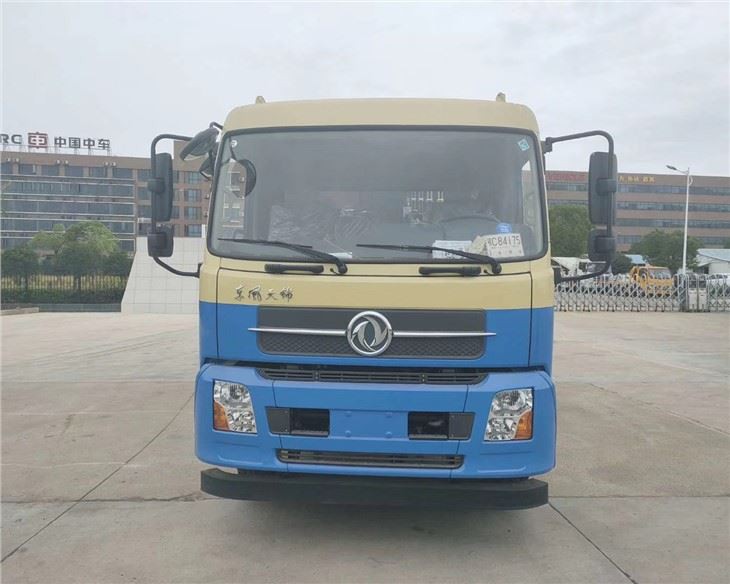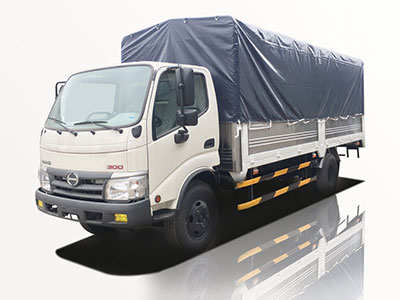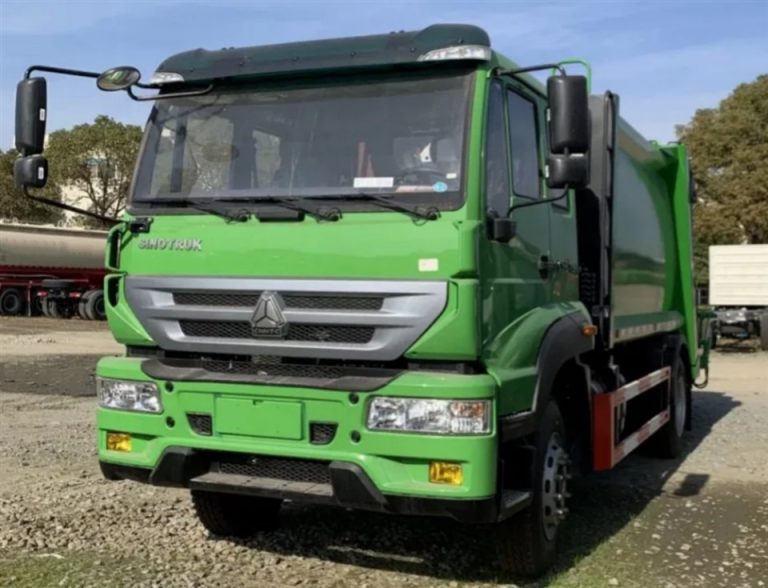When it comes to transporting fuel, tanker trucks play a crucial role in ensuring that gasoline, diesel, and other petroleum products reach their destinations efficiently. One common question that arises is: how many gallons of fuel does a tanker truck hold? In this article, we will explore the various dimensions of tanker trucks, their capacity, types, and other related aspects to provide a thorough understanding of their role in fuel transportation.
The Basics of Tanker Trucks
What is a Tanker Truck?
A tanker truck is a specialized vehicle designed for the transportation of liquids. These trucks come equipped with a large storage tank that can handle various fluids, primarily fuels such as gasoline and diesel, but also chemicals, water, and other substances.
Components of a Tanker Truck
- Tank: The main body of the truck, where the liquid is stored.
- Chassis: The framework that supports the tank and cabin.
- Pumping System: Used to load and offload liquids efficiently.
- Valves and Fittings: Necessary for secure connections and preventing leaks.
How Much Fuel Can a Tanker Truck Hold?
Typical Capacity
Most tanker trucks have a fuel capacity ranging from 5,000 to 11,000 gallons. The exact amount depends on the specific design and purpose of the truck, as well as regulations concerning weight and size.
Types of Tanker Trucks and Their Capacities
| Type of Tanker Truck | Typical Capacity (Gallons) |
|---|---|
| Single Axle Tanker | 5,000 – 7,000 |
| Double Axle Tanker | 7,000 – 10,000 |
| Triple Axle Tanker | 10,000 – 11,600 |
Factors Influencing Tanker Capacity
Several factors can influence the fuel capacity of a tanker truck:
- Regulations: Different states and countries have varying regulations regarding the maximum allowable capacity of tanker trucks.
- Weight Limits: Tanker trucks must operate within legal weight limits, impacting how many gallons they can carry.
- Design: Some tanker designs prioritize weight distribution and cargo handling, affecting overall capacity.
Different Types of Fuel Tanker Trucks
Crude Oil Tankers
Crude oil tankers are specifically designed to transport unrefined crude oil. These trucks are larger and can typically hold between 8,000 to 10,000 gallons.
Fuel Tankers
These tankers are regularly used for transporting refined fuels, such as gasoline and diesel. Their capacity can vary widely based on regional regulations and company specifications.
Chemical Tankers
Though primarily focused on fuel, some tanker trucks are adapted to carry chemicals. These tanks are designed to meet safety standards and may have special features like lined storage to prevent contamination.
The Advantages of Using Tanker Trucks for Fuel Transportation
Efficiency
Tanker trucks are designed to transport large quantities of fuel quickly and efficiently, saving time and reducing transportation costs.
Versatility
These trucks can handle various types of liquids, including non-fuel products, providing flexibility for logistics companies.
Safety Features
Modern tanker trucks come equipped with various safety features, such as spill containment systems and advanced braking technologies, ensuring secure transportation.
Real-World Examples of Tanker Truck Usage
Fuel Delivery to Gas Stations
One of the most common uses of tanker trucks is delivering fuel to gas stations. For example, a truck with a capacity of 8,000 gallons might deliver fuel to multiple stations in a single trip, helping ensure that the supply meets consumer demand.
Emergency Response Fuel Delivery
During emergencies or disasters, tanker trucks may be deployed to deliver fuel to affected areas. The quick transport capacity is crucial in ensuring that emergency services get the fuel they need to operate efficiently.
How Tanker Truck Drivers Manage Fuel Transportation
Loading and Unloading Procedures
Proper loading and unloading are critical to safe operations. Drivers must follow specific protocols to prevent spills and ensure even weight distribution.
Maintenance and Inspections
Regular maintenance and inspections are essential to keep tanker trucks in optimal working condition. This includes checking for leaks, ensuring proper tire pressure, and maintaining the pumping systems.
The Future of Tanker Trucks in Fuel Transportation
Adopting Eco-Friendly Solutions
With increasing environmental concerns, many companies are looking to adopt eco-friendly tanker truck designs, including those powered by alternative fuels or equipped with emission-reducing technologies.
Technological Advancements
Future advancements in technology could lead to better monitoring systems and improved efficiency for tanker trucks, leading to reduced costs and increased safety during fuel transportation.
Frequently Asked Questions
How do I know how many gallons my tanker truck holds?
You can find the capacity of your tanker truck in the vehicle’s specifications, typically located in the owner’s manual or on a label inside the truck.
What are the legal regulations regarding fuel tanker capacity?
Legal regulations vary by region, but they often include weight limits, maximum allowable capacities, and specific design requirements for safety compliance.
Can tanker trucks handle different types of fuel?
Yes, tanker trucks can be designed to handle various types of fuel, but some may require specialized equipment or lining to prevent contamination.
What safety measures should be taken during loading and unloading?
Safety measures include wearing protective gear, using spill containment systems, and following established protocols for connecting and disconnecting the fuel lines.
What innovations are being introduced in tanker truck design?
Innovations include automated monitoring systems for fuel levels, safety enhancements for better spill prevention, and alternative fueling technologies to reduce emissions.
Is there a difference between above-ground and below-ground fuel tanks?
Yes, above-ground tanks are typically more accessible for maintenance and refueling, while below-ground tanks can be more discreet and may have regulations governing their installation and safety requirements.



